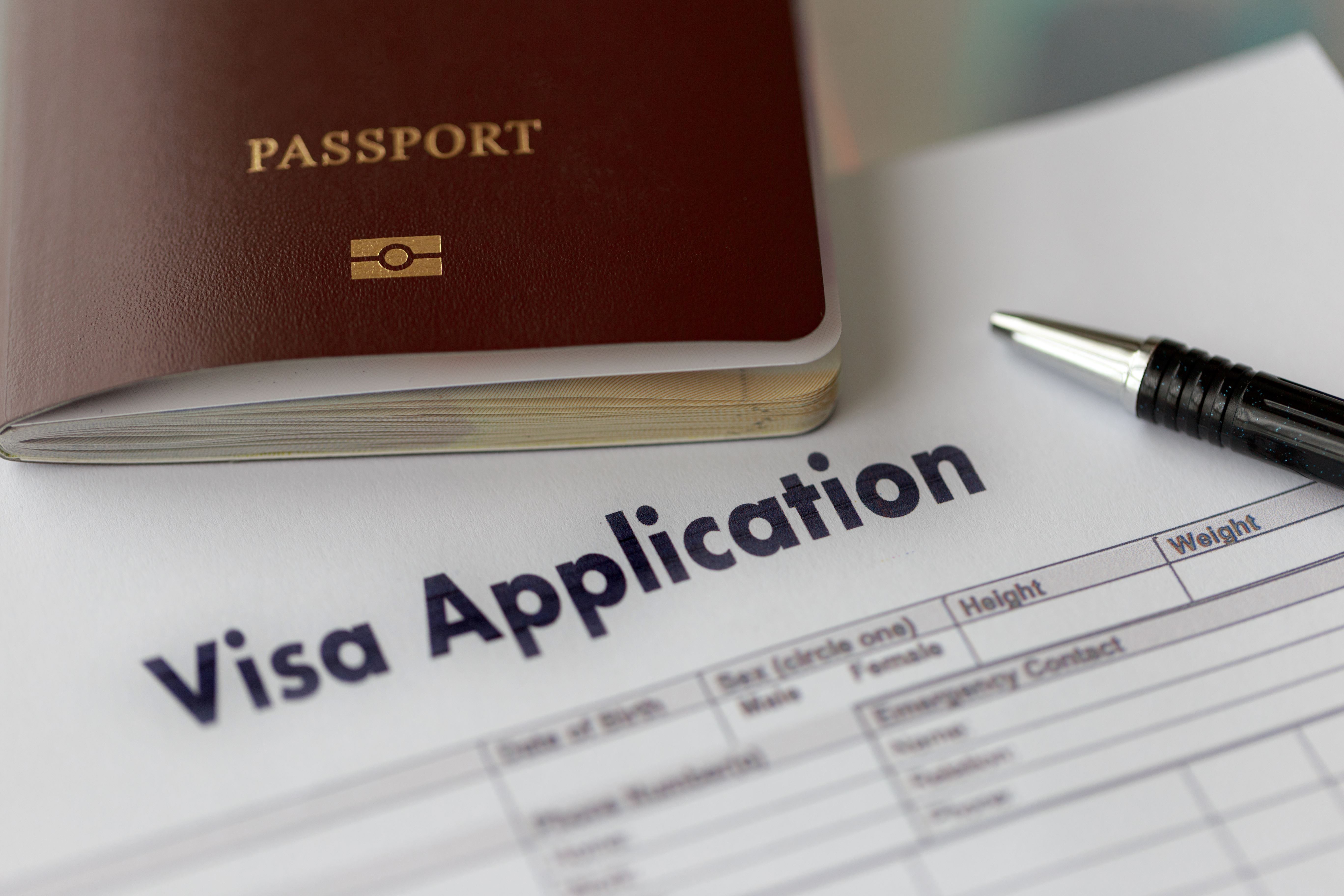With over 180 different types of visas offered by the United States, navigating the application process can be overwhelming. Before you apply for a visa, you must educate yourself on the process and requirements of the particular visa you are applying for. Being informed gives you a leg up in the game and increases the likelihood of obtaining the visa. Our Greer immigration team breaks down the most common visas and explains each application's requirements and process.
The Most Common Types of Visas
With dozens of visas available in the U.S, understanding the most common ones can help you narrow down which visa you are eligible for. The United States Citizenship and Immigration Services (USCIS) classifies visas by two main categories; non-immigrant visas and immigrant visas. Let's explore the two main categories and some specific visas under each.
Non-immigrant visas
Non-immigrant visas are issued to foreign nationals looking to enter the U.S temporarily for one of four reasons; tourism, business, study, and work. Below is the list of some visa types as well as the purpose of visit for each one;
Temporary Business Visa
B-1 visas may be granted to those who want to enter the U.S for business purposes such as:
- Attending conferences or conventions relevant to your profession
- Conduct business, such as contract negotiation or attend business meetings
- Consult with associates
- Settling a relative's estate
B-2 Tourism Visa
B-2s are given to people entering the U.S for the following reasons:
- Medical Treatment
- Tourism and vacations
- Visits to relatives or friends
- Participation in music, sport, or social events.
Visa for employees in highly specialized fields
Known as H-1B, this visa requires the applicant to have a Bachelor's degree education or higher. Here are some examples of jobs approved for an H-1B visa;
- Architect
- Civil Engineer
- Physicians and Surgeons
- Software Engineers
Exchange visitors
The J visa is targeted to exchange visitors. These include:
- Au pairs
- Teachers and Professors
- Students
While these are some of the most common types of visas, this is list does not include all available options. It is highly recommended to seek the help of an immigration attorney to assist you in finding the visa that best suits your situation.
Immigration Visas
Immigrant visas are for foreign nationals seeking permanent residency status in the United States. These types of visas tend to have a more complex and protracted process than non-immigration visas since the end goal is to acquire permanent residency. The most common categories of immigration visas are family-based and employment-based.
Immediate Family and Family Sponsored Visas
An immediate family member is defined as a spouse, child under age 21, or parent. The following visa types apply to immediate relatives of U.S. citizens:
- IR-1: Spouse of U.S. citizen
- IR-2: Unmarried child of U.S. citizen
- IR-3: Orphan adopted abroad by U.S. citizen
- IR-4: Orphan to be adopted in the United States by U.S. citizen
- IR-5: Parent of U.S. citizen
Employment-Based Visas
According to the U.S Department of State, approximately 140,000 employment-based immigrant visas are made available each fiscal year. Employment-based immigrant visas are divided into five preference categories;
- E1: Priority Worker and Persons of Extraordinary Ability
- E2: Professionals Holding Advanced Degrees and Persons of Exceptional Ability
- E3: Skilled Workers, Professionals, and Unskilled Workers (Other Workers)
- E4: Certain Special Immigrants
- E5: Immigrant Investors
The Application Process
To apply for an American visa, you can follow these steps:
- Choose the type of U.S visa you would like to apply for.
- Fill out the Non-immigrant visa Application Form DS-160.
- Pay your application fee.
- Schedule visa interview.
- Compile the document file.
- Attend the visa interview.
- Wait for processing.
The application process for a U.S visa varies depending on the visa. It is recommended that you hire an immigration attorney to advise on what type of visa you should apply for and then walk you through the steps to acquire the visa.
Lastly, even though it is possible to simultaneously apply for a non-immigration visa and an immigration visa, it may cause conflict. Applying for an immigrant visa demonstrates your intention to establish residency in the United States, which directly conflicts with the purpose of a non-immigrant visa.
What Happens If My Application is Rejected?
If found ineligible for a visa, you may still be eligible to reapply in the future. Here are some common reasons visa applications are denied;
- Being unprepared during the interview
- Applying for the wrong visa
- Incomplete application or supporting documents
- Unlawful presence in the United States
Contact Our Immigration Team Today
As seen above, any mistake or discrepancy in documentation during the visa application process can result in an immediate denial. The experienced team at Colón Law Firm will guide you through the visa application process from start to finish.
If you or a loved one need assistance in the visa process, find out more about how we can help you by contacting us today through our website or give us a call at (864) 697-2870 to schedule a consultation!


